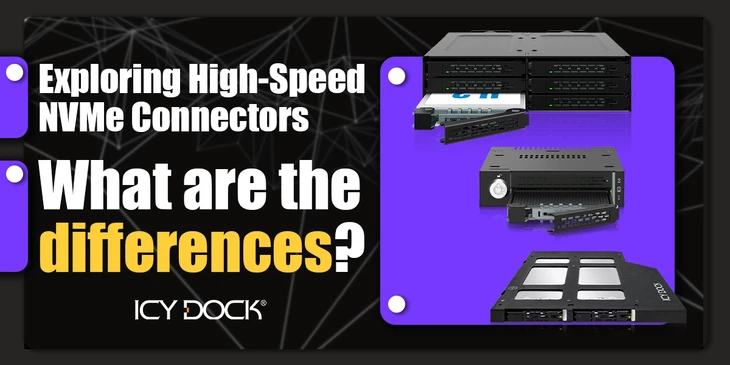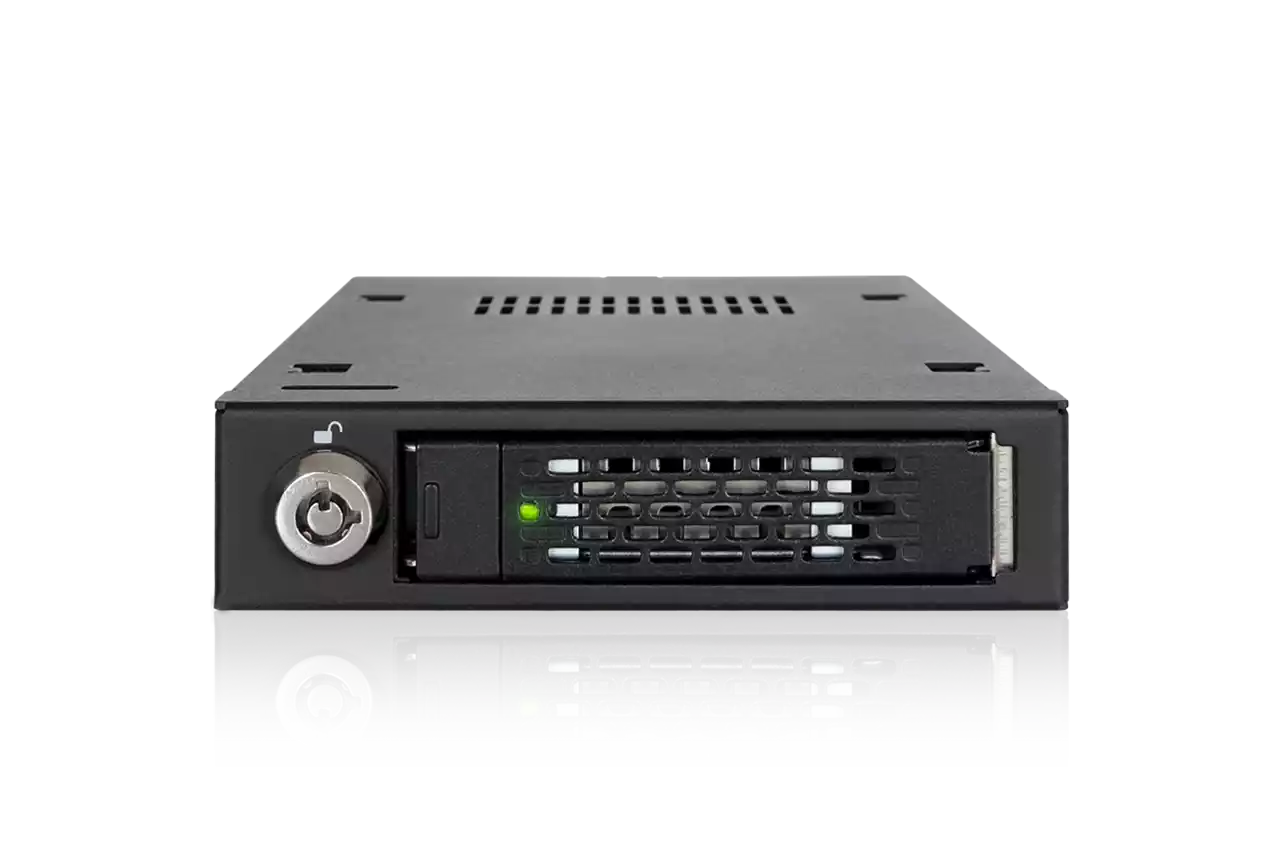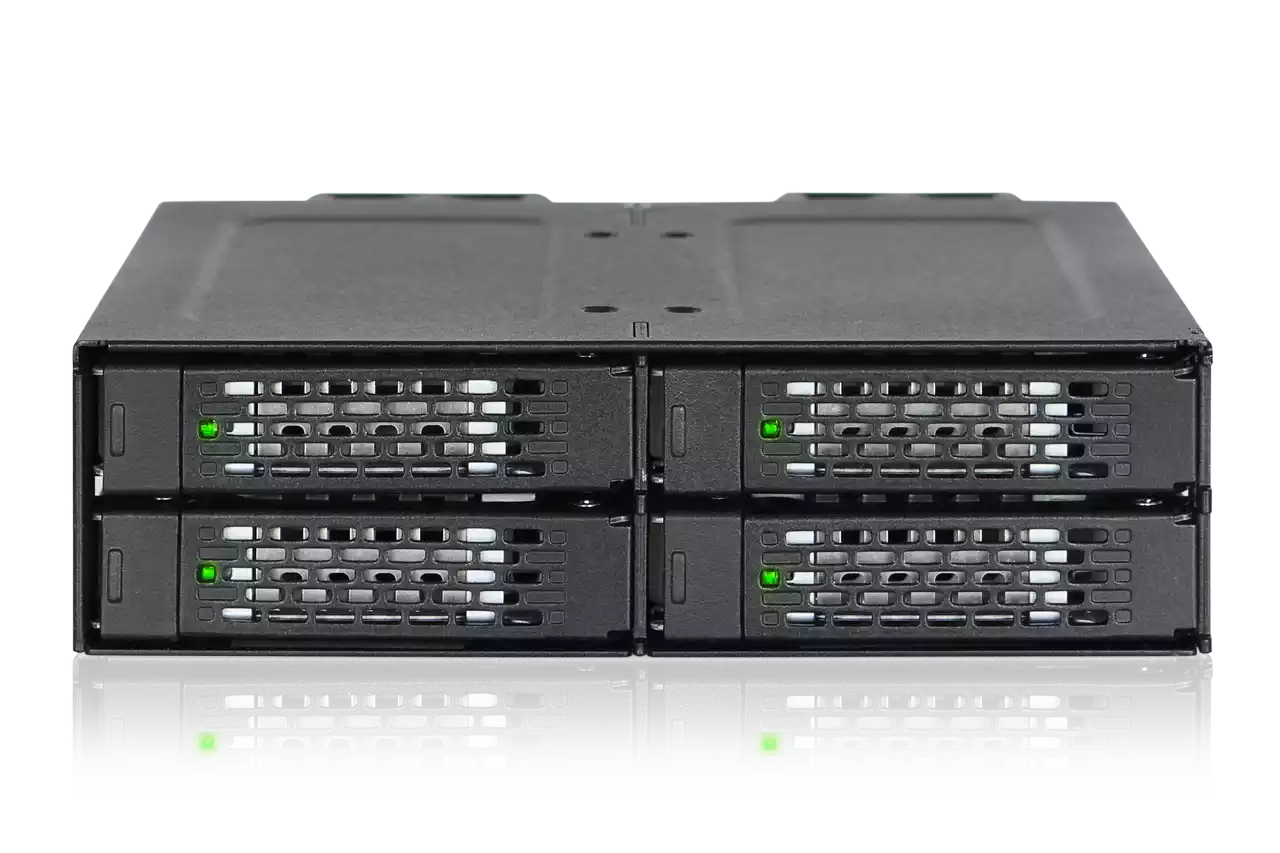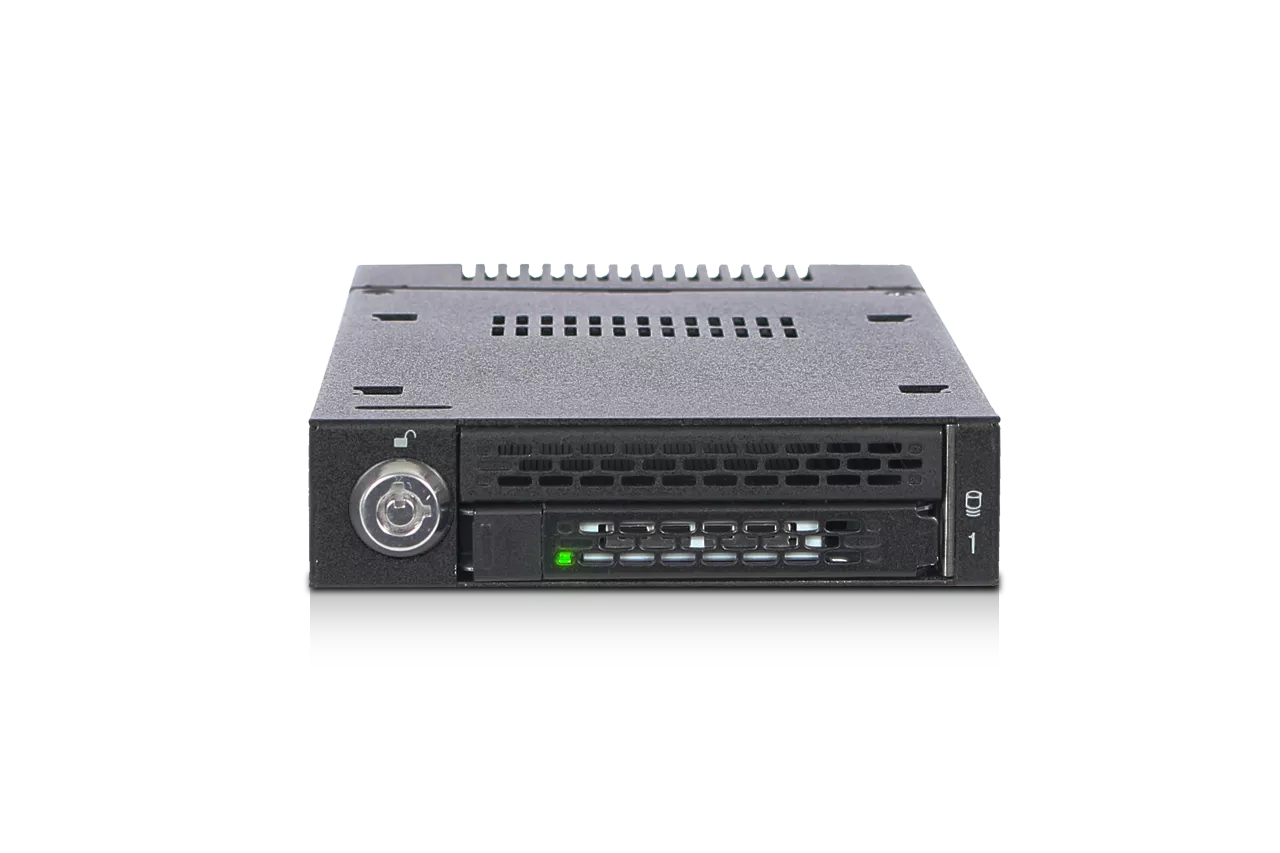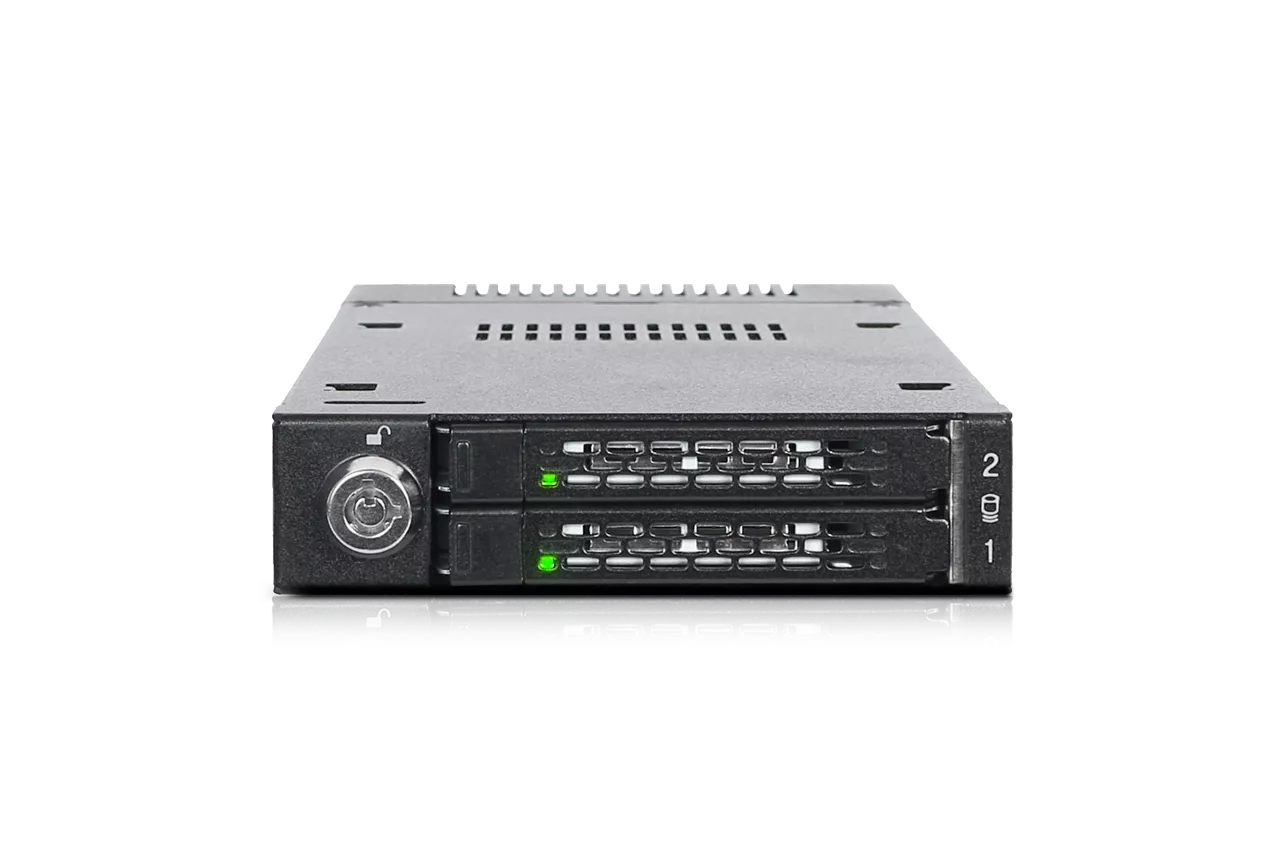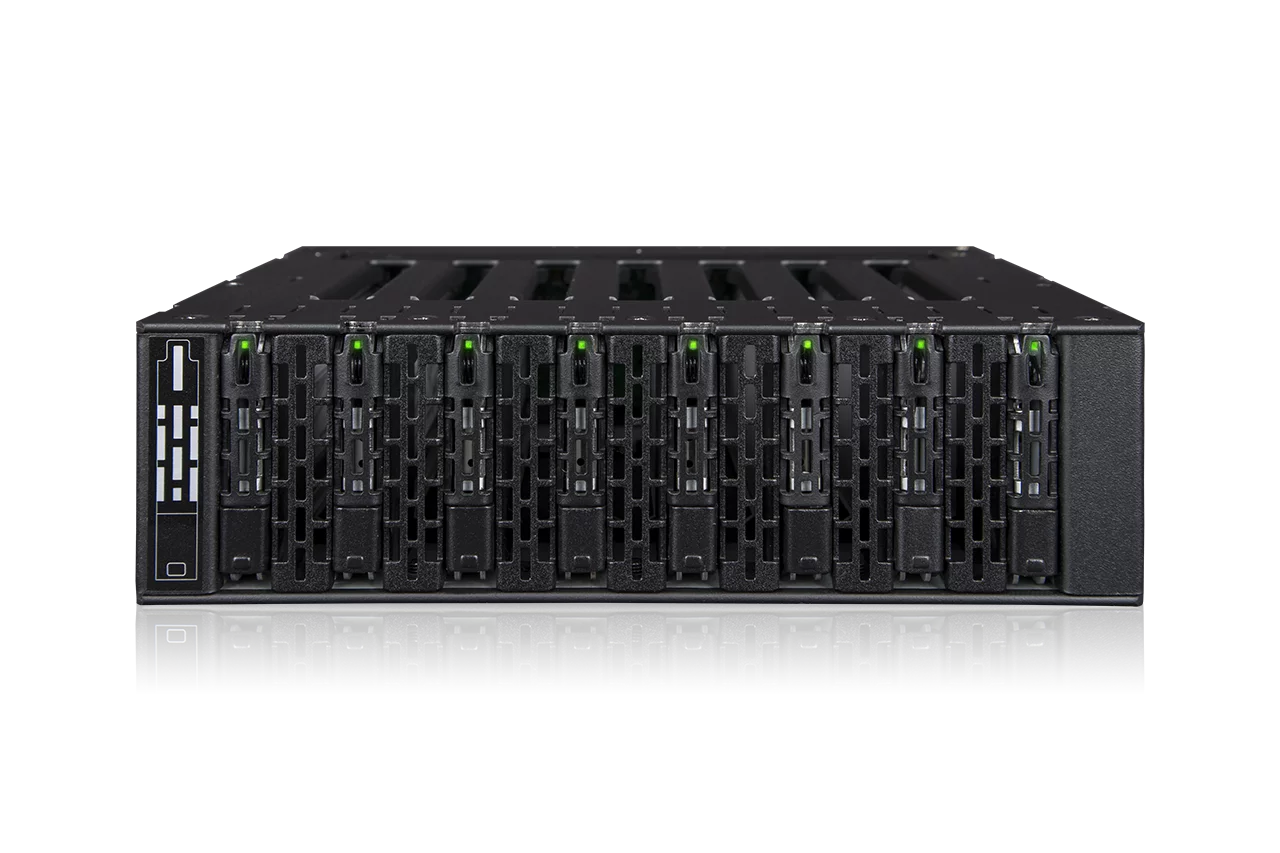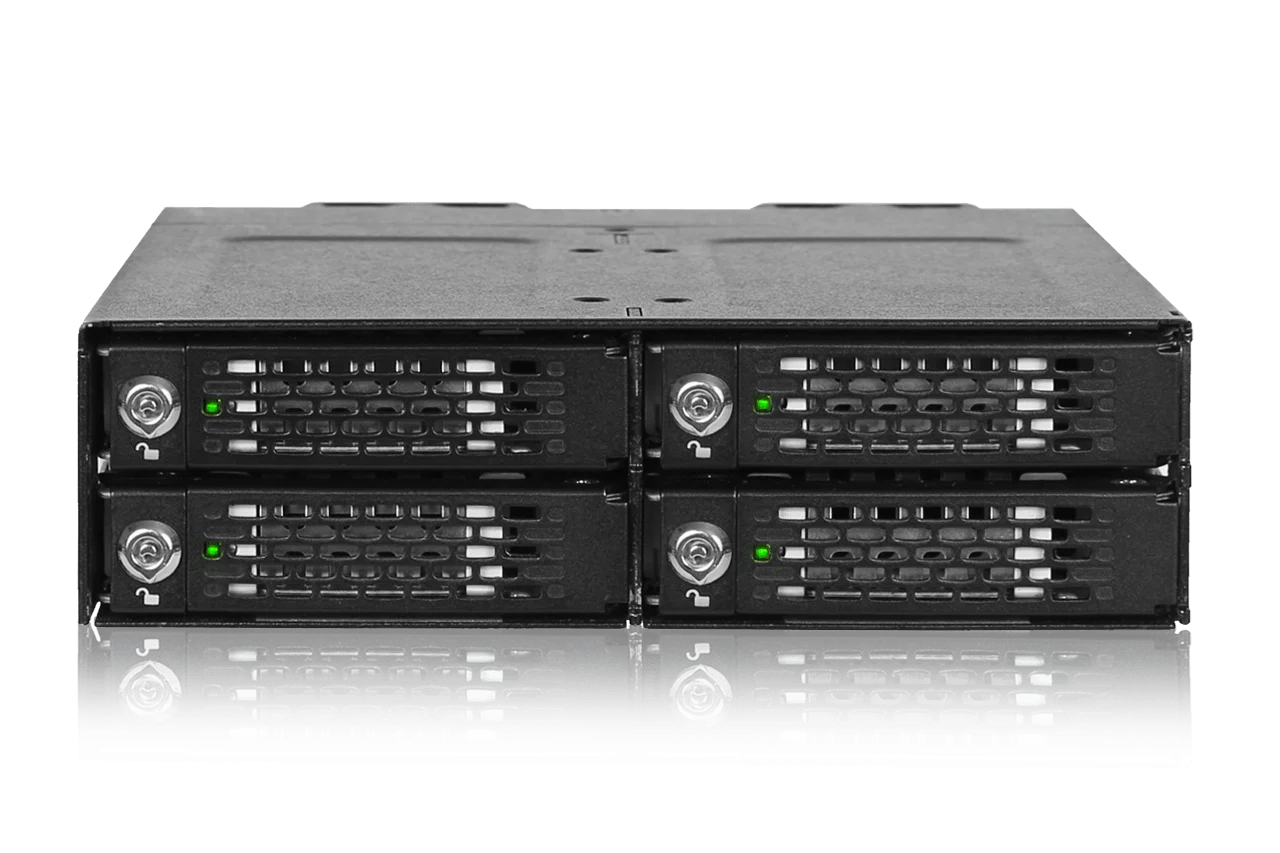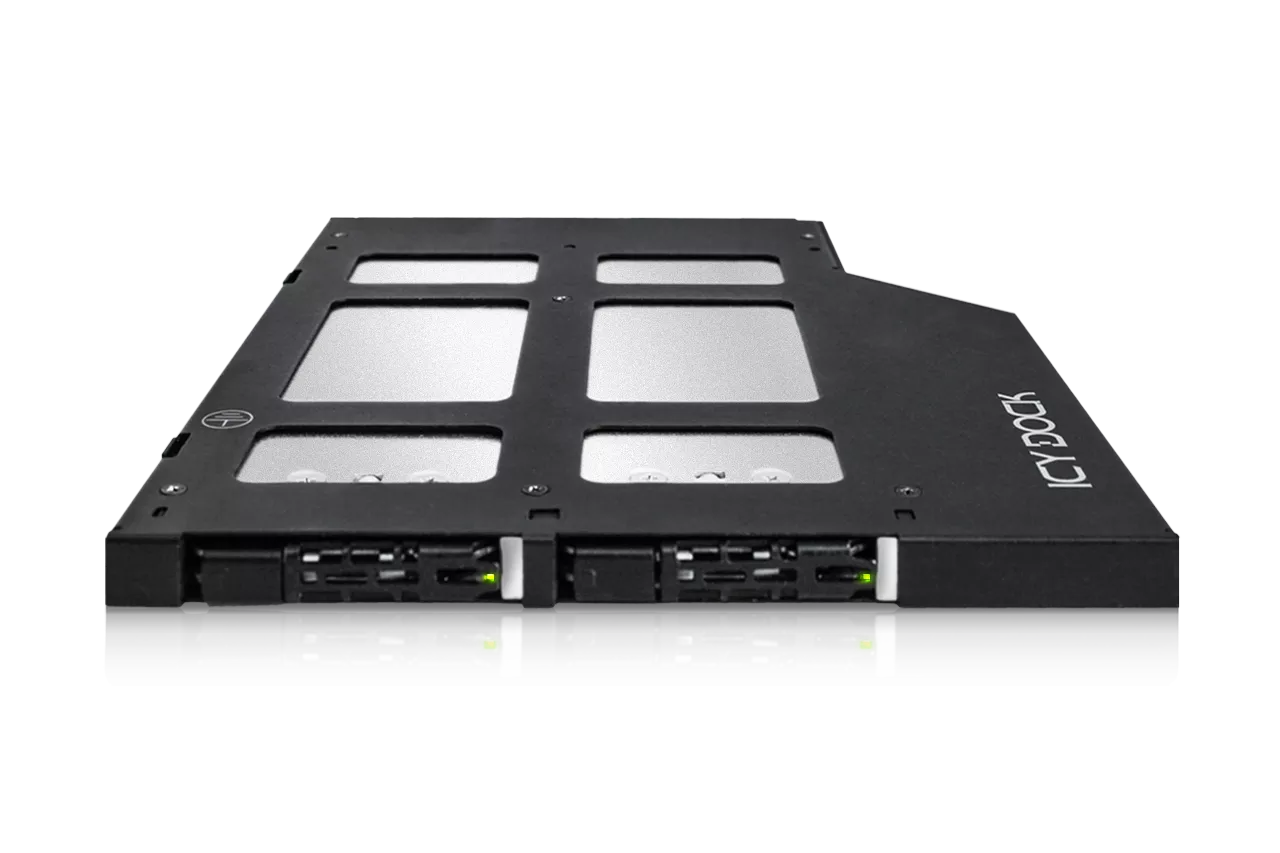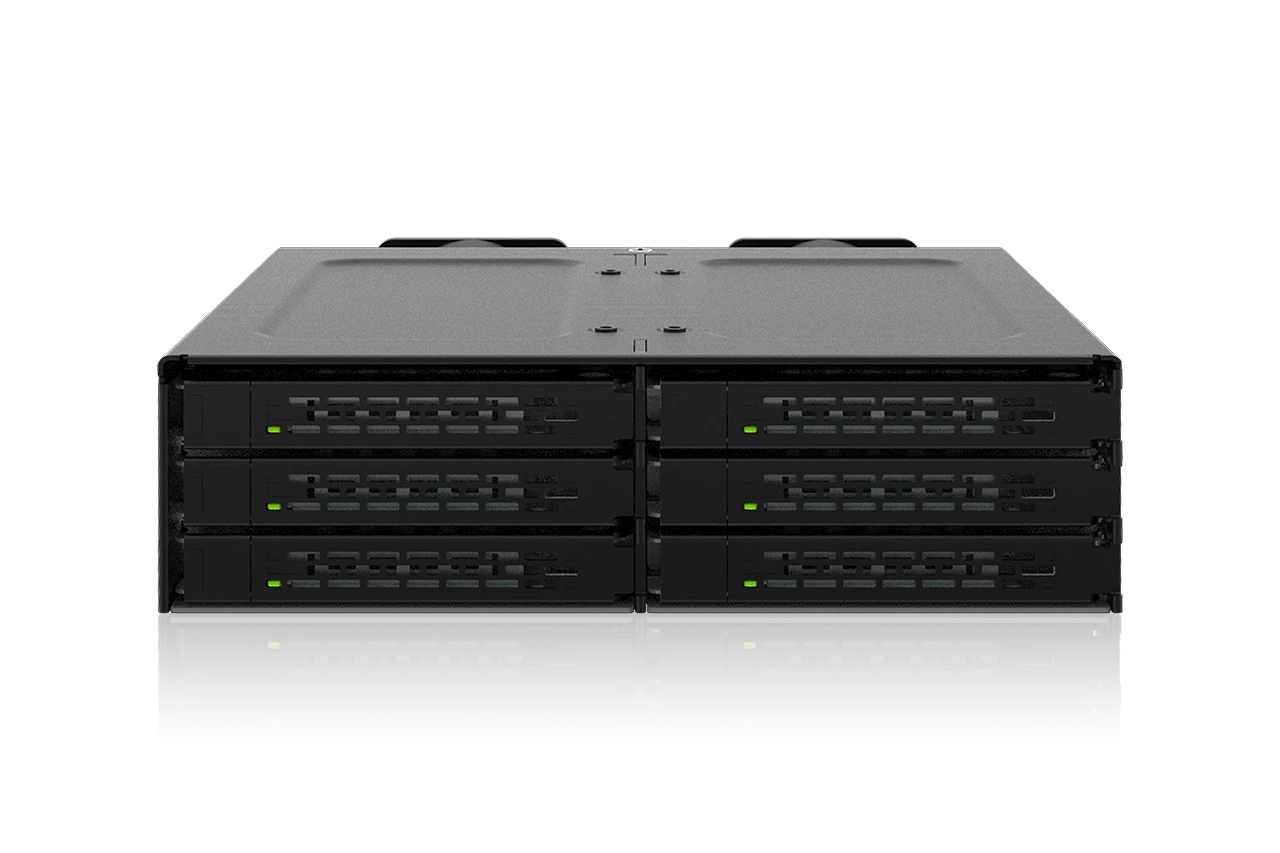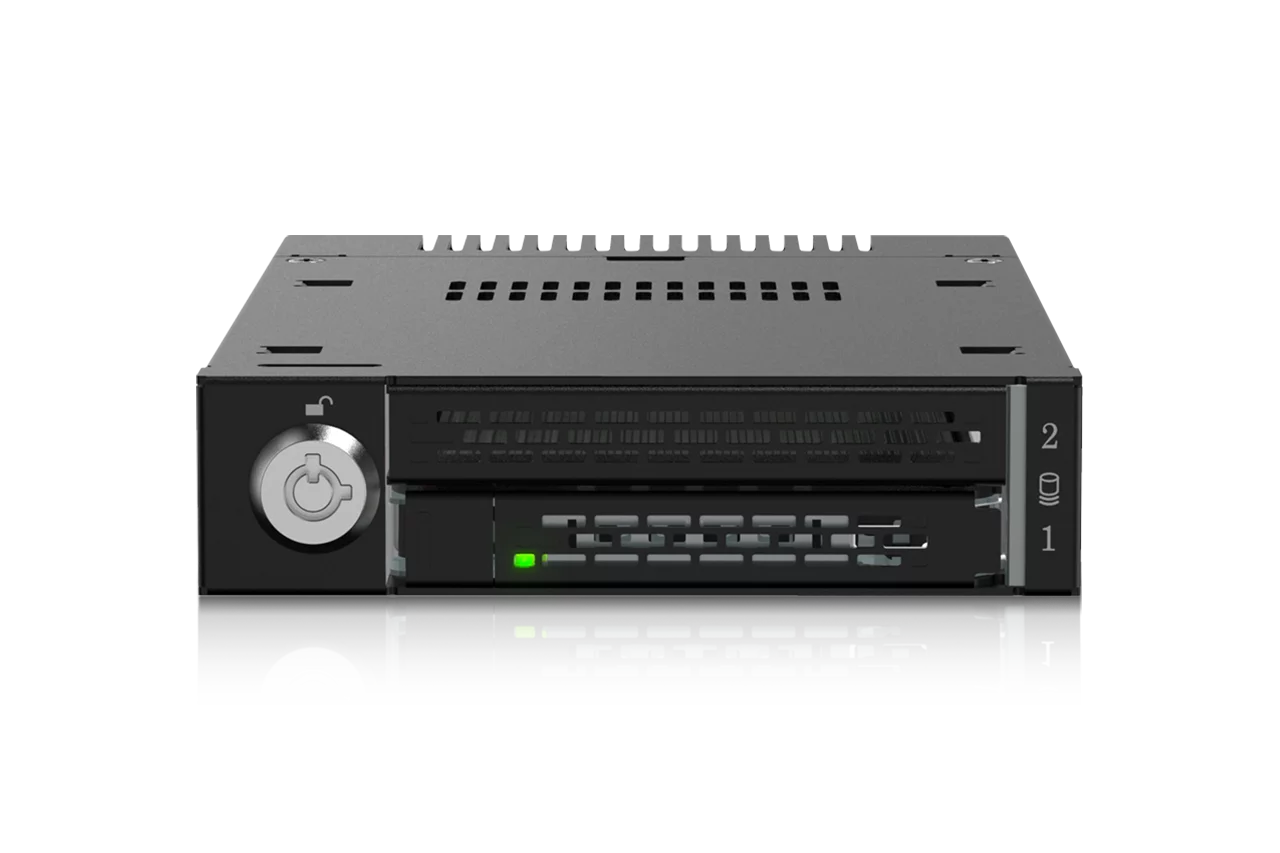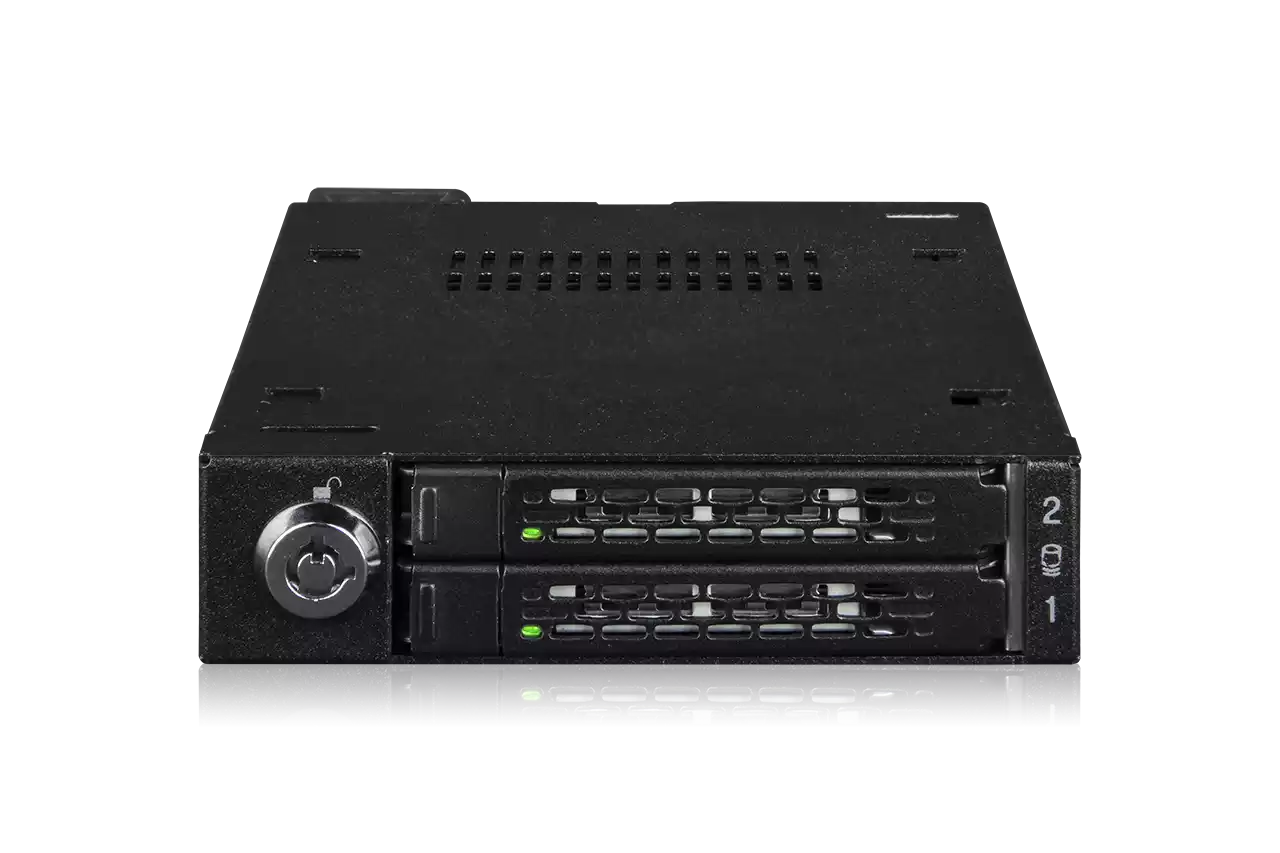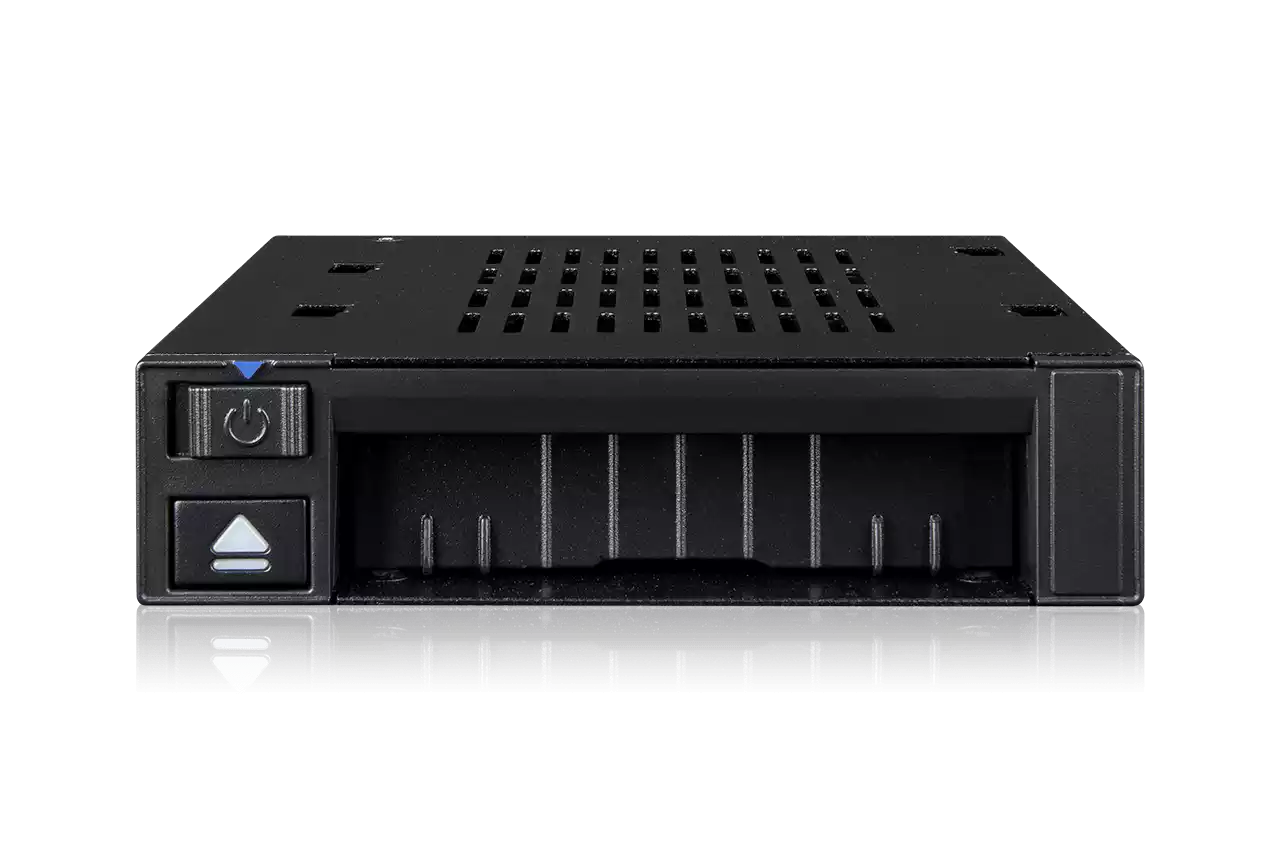|
|
|
Exploring High-Speed NVMe Connectors - What are the differences? |
|
In the world of high-speed NVMe data transmission, connectors play a pivotal role in ensuring seamless communication between devices. Among the notable players are U.2, MiniSAS, OCuLink, SlimSAS and MCIO, each with its unique features and applications. Let's delve into each of these connectors to uncover their features and functionalities. |
 |
|
What is U.2 (SFF-8639): Developed alongside the rise of PCIe-based SSDs, U.2 provides a versatile interface for enterprise-grade storage solutions consisting of 68-pin to support a combination of NVMe, SATA, and SAS interfaces. Its larger form factor ensures robustness and scalability while supporting high-speed data transfer. |
 |
|
What is MiniSAS HD (SFF-8643): MiniSAS HD, an evolution of the SAS standard, delivers enhanced performance for storage solutions, including NVMe SSDs. Its high-density 36-pin or 74-pin design accommodates higher data transfer rates and improved signal integrity, making it ideal for data centers and enterprise-grade storage systems. |
 |
|
What is OCuLink (SFF-8611): short for Optical Copper Link, emerges as a robust 32-pin connector technology designed to facilitate high-speed data transmission in data communication applications, particularly in PCIe environments. With its ability to support blazing-fast data transfer rates, OCuLink connectors serve as the backbone for PCIe-based devices such as NVMe SSDs. |
 |
|
What is SlimSAS (SFF-8654): Emerging within the past decade, SlimSAS connectors, available in 4i (36-pin) and 8i (74-pin) variants, balance space-saving design with high performance. Ideal for server and storage systems as it supports NVMe SSDs and other high-performance storage devices. With their compact form factor and robust design, SlimSAS connectors are the go-to choice for applications where space constraints and high bandwidth requirements converge. |
 |
|
What is MCIO (SFF-TA-1016): also known as Mini Cool Edige IO, defined by the SFF-TA-1016 specification, MCIO sets the stage for future PCIe standards like Gen5, Gen6, and Gen7. With configurations ranging from 38-pin to 148-pin, it offers flexibility and scalability for diverse applications, from enterprise storage solutions to advanced data center infrastructures. |
|
These connectors, each with their specific benefits and pin configurations, continue to evolve and shape the landscape of modern data connectivity across various devices and systems. Whether it's for high-speed data transfer, space-saving design, or future-proofing capabilities, these connectors offer solutions tailored to meet the demands of today's technology. At ICY DOCK, we offer a wide range of products that utilize different types of connectors depending on the bandwidth, compatibility, and form factor. |
|
U.2 (SFF-8639) |
||||||||||||||||||||||||||||||||||||||||||||
|
||||||||||||||||||||||||||||||||||||||||||||
|
MiniSAS HD (SFF-8643) |
||||||||||||||||||||||||||||||||||||||||||||||||||||||||||||||||||||||||||||||||||||||||||||||||||||||||||||||||||||||||||||||||||||
|
||||||||||||||||||||||||||||||||||||||||||||||||||||||||||||||||||||||||||||||||||||||||||||||||||||||||||||||||||||||||||||||||||||
|
OCuLink (SFF-8611) |
||||||||||||||||||||||||||||||||||||||||||||
|
||||||||||||||||||||||||||||||||||||||||||||
|
||||||||||||||||||||||||||||||||||||||||||||
|
||||||||||||||||||||||||||||||||||||||||||||
|
||||||||||||||||||||||||||||||||||||||||||||
|
SlimSAS (SFF-8654) |
||||||||||||||||||||||||||||||||||||||||||||
|
||||||||||||||||||||||||||||||||||||||||||||
|
||||||||||||||||||||||||||||||||||||||||||||
|
||||||||||||||||||||||||||||||||||||||||||||
|
||||||||||||||||||||||||||||||||||||||||||||
|
||||||||||||||||||||||||||||||||||||||||||||
|
MCIO (SFF-TA-1016) |
|||
|
















